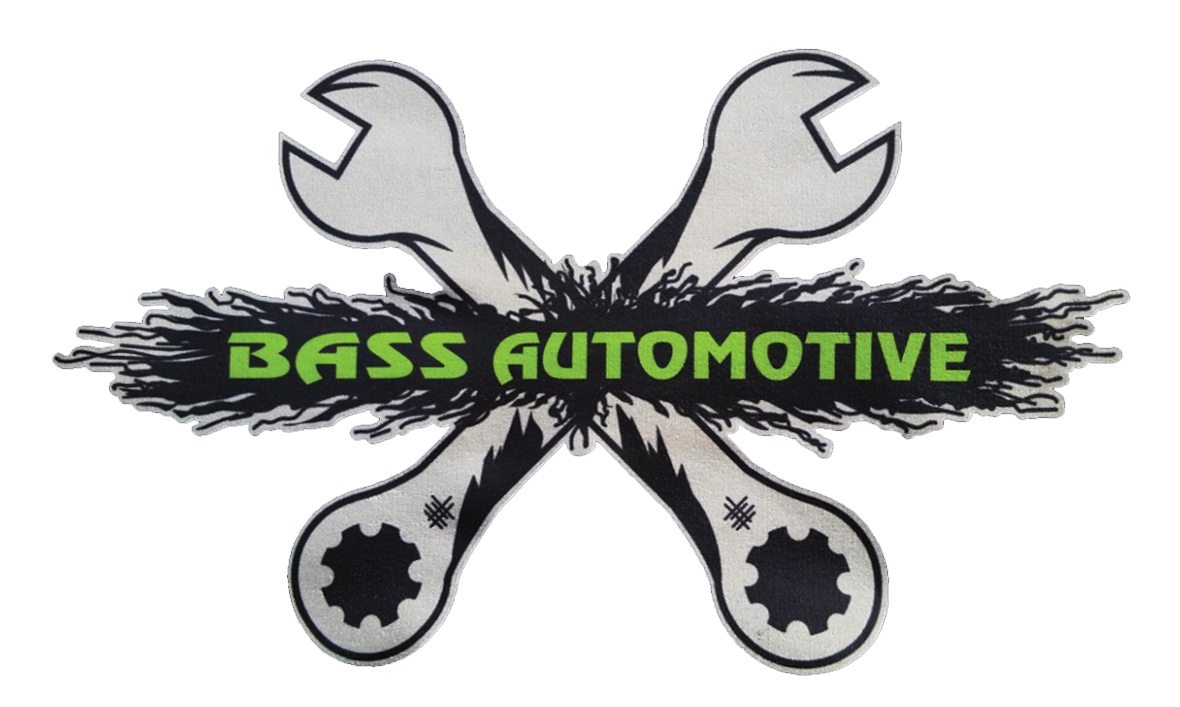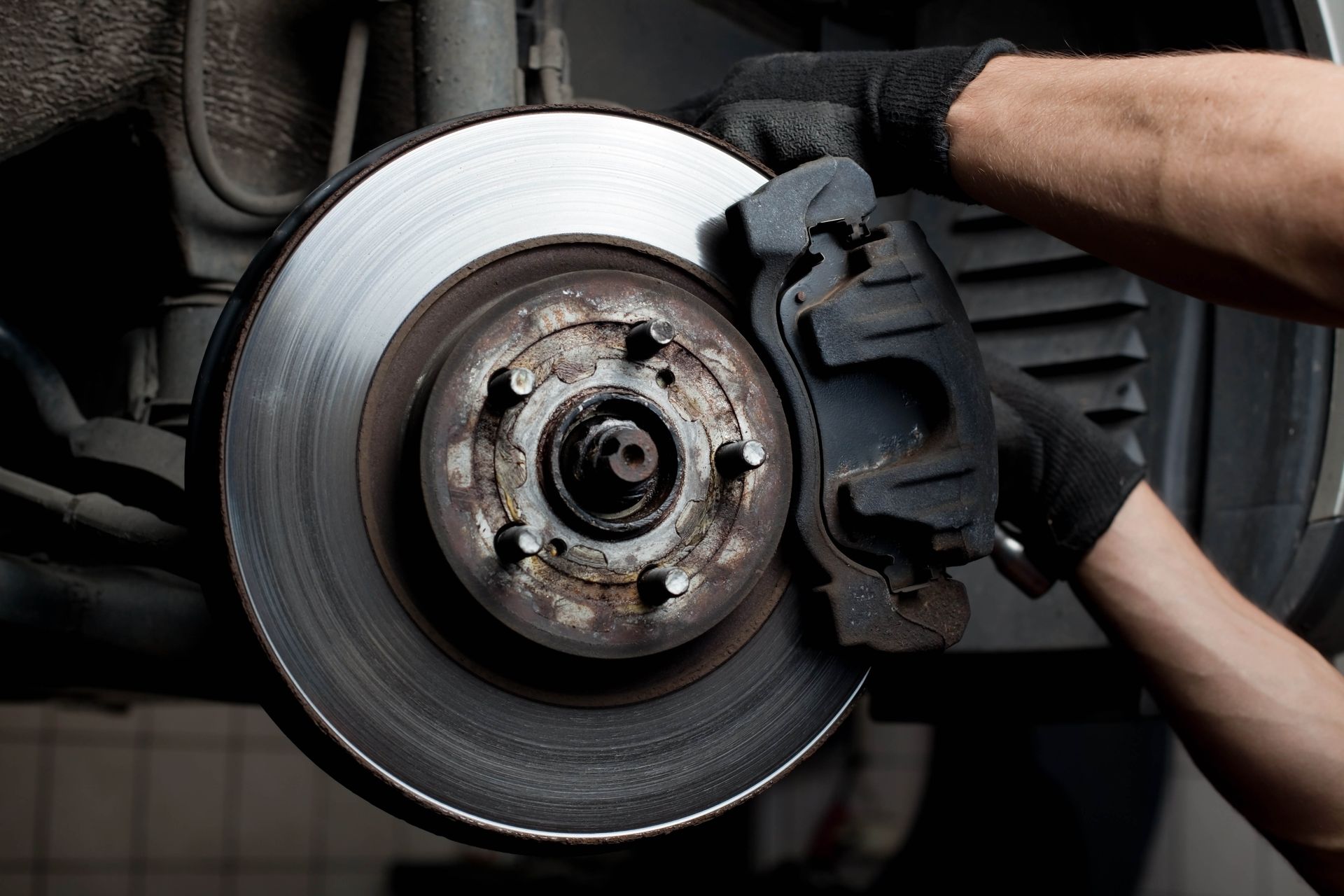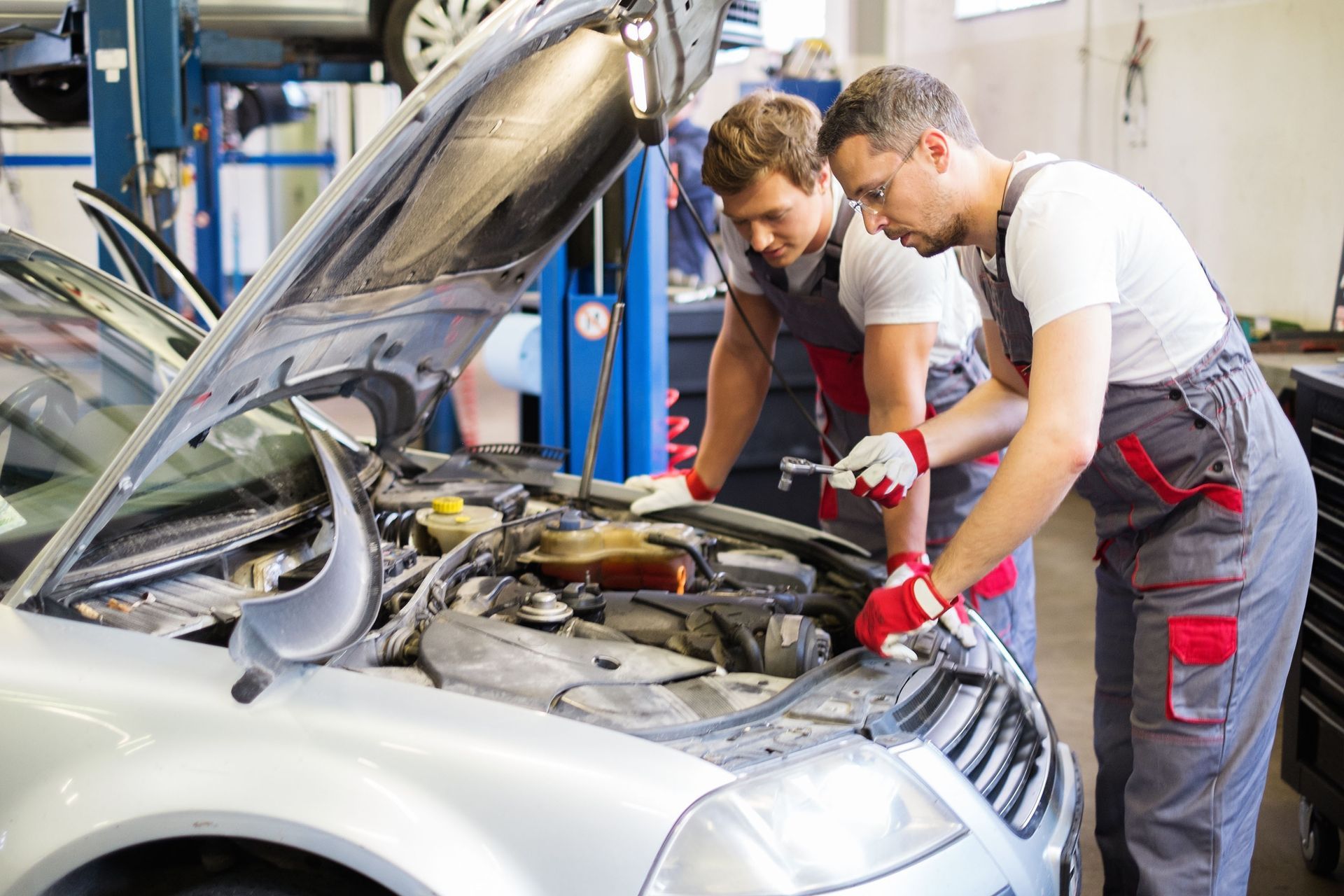Brake Pads vs. Brake Rotors: What’s the Difference and When Do They Need Repair?
By Tim Barnes |October 2, 2025
Understanding the basic components of your vehicle’s braking system is crucial for effective maintenance and ensuring safety on the road. Two essential parts of this system are the brake pads and brake rotors. While both play a critical role in stopping your vehicle, they serve different functions and have distinct characteristics.
Exploring Brake Pads and Their Function
Brake pads are essential components of a vehicle’s disc braking system. They are typically made of materials like ceramic, metallic, or organic compounds, each offering different levels of performance and noise reduction. The primary function of brake pads is to apply pressure and friction against the brake rotors, which slows the wheel's rotation and, by extension, the vehicle's motion. They are mounted on a brake caliper, which squeezes the pads against the rotors when the brake pedal is pressed. Understanding the composition and operational mechanics of brake pads is crucial for recognizing their importance in vehicle safety.
Recognizing the signs of worn-out brake pads can prevent more severe damage to the braking system. One common indication is a high-pitched squealing noise, often caused by the metal wear indicator coming into contact with the rotor. Another sign is a noticeable reduction in braking performance or increased stopping distances, signaling that the pads are not providing adequate friction. Drivers may also feel a pulsation in the brake pedal, indicating uneven wear. Ignoring these signs can jeopardize safety and lead to a more complicated brake repair. Promptly addressing these symptoms ensures that the braking system remains functional and reliable.
Examining Brake Rotors and Their Function
Brake rotors, also known as discs, are critical components in a vehicle’s braking system. They are typically made of cast iron, though some high-performance vehicles use carbon composites. Rotors provide a surface for the brake pads to grip, creating the friction needed to slow and stop the vehicle. They are attached directly to the wheel, ensuring synchronized slowing and stopping when the brakes are applied. The quality and condition of the rotors are essential for effective braking, highlighting the need for regular checks and professional brake repair when necessary.
Compromised brake rotors can exhibit several warning signs that should not be ignored. A common symptom is a pulsating brake pedal, indicating warped rotors due to heat or uneven wear. Unusual noises, such as grinding or squealing, may suggest severe rotor surface damage or wear. Visible grooves or scoring on the rotor surface also indicate potential problems. If the steering wheel vibrates during braking, it may point to distorted rotors. Addressing these signs promptly through repairs can prevent further damage and ensure the vehicle's safe operation.
Comparing Brake Pads and Brake Rotors
The materials used in brake pads and rotors differ significantly, affecting their performance and lifespan. Brake pads are composed of materials like organic compounds, ceramics, and metallic blends, each offering unique benefits and drawbacks. In contrast, brake rotors are typically made from cast iron or, in some cases, carbon composites for high-performance applications. The material composition of both components impacts their ability to handle heat and wear. Different materials are chosen based on the desired balance between performance and durability. Understanding these differences helps car owners make better decisions when seeking brake repair.
While both brake pads and rotors are integral to the braking process, they serve distinct roles. Brake pads are responsible for creating friction against the rotors, converting kinetic energy into heat to slow the vehicle. Rotors provide the surface on which the pads can grip, enabling this friction to occur. This interplay between the two components is essential for effective deceleration and stopping power. Despite sharing a common goal, the way they achieve it underscores their unique contributions to the braking system. Recognizing these roles can aid in diagnosing issues and determining when repairs are necessary.
Both brake pads and rotors require specific maintenance practices to ensure their longevity and effectiveness. Brake pads should be checked regularly for thickness and wear indicators, and replaced when necessary to maintain optimal performance. Rotors need to be inspected for surface integrity and thickness; machining can sometimes restore warped rotors, but it may not be suitable for all cases. Adhering to a consistent maintenance schedule can prevent uneven wear patterns and ensure both components work in harmony. According to Mordorintelligence.com, the automotive service market in the US is estimated at $199.38 billion in 2025, and is expected to reach $266.56 billion by 2030, highlighting the importance of proactive maintenance and timely brake repair within this rapidly growing industry.
Identifying When Brake Pads Need Repair or Replacement
Conducting regular visual inspections of brake pads can prevent more serious problems from developing. Worn brake pads often appear thinner than new ones, and the presence of deep grooves or scoring on the surface can suggest excessive wear. Checking the thickness, which should not fall below 1/4 of an inch, is crucial to maintaining safe operation. Having the brake pads regularly inspected by a professional ensures any wear is caught early. Addressing pad wear promptly through repairs can prevent damage to the rotors.
Noises can be a reliable indicator of brake pad issues that need attention. A high-pitched squeal often signifies that the wear indicator is making contact with the rotor, which is a clear sign that the pads need replacing. Grinding noises might indicate that the pads are worn down to their metal backing plates, potentially damaging the rotors. Being attentive to these sounds and acting swiftly is essential in maintaining the braking system's health. Regularly scheduled maintenance and brake repair can help catch these problems before they lead to more significant complications. Responsible driving habits can also minimize noise-related wear.
Recognizing When Brake Rotors Need Repair or Replacement
Brake rotors are susceptible to surface damage, which should be regularly checked during vehicle inspections. Visible grooves or scoring can indicate rotor wear that compromises braking efficiency. Rust or pitting on the rotor surface suggests environmental damage that can impact performance. Regular checks can help catch these issues early, preventing more serious problems from developing. By addressing surface damage promptly through brake repair, drivers can maintain optimal braking performance and ensure safe vehicle operation.
Maintaining the proper thickness of brake rotors is critical for effective performance. Rotors should be checked regularly to ensure they have not worn below the manufacturer’s minimum thickness specification. This measurement can determine whether rotors need replacing or if resurfacing is possible. Failing to address insufficient rotor thickness can result in reduced braking power and increased stopping distances. Regular inspections of rotor thickness can help ensure that they are functioning as intended and that the vehicle remains safe to operate. Professional evaluations, along with repairs when necessary, provide the most accurate assessments and recommendations for rotor maintenance.
Brake pads and rotors are both critical to vehicle safety, and understanding their roles helps car owners make informed decisions about maintenance and brake repair. By monitoring warning signs, scheduling regular inspections, and addressing issues promptly, drivers can extend the life of these components and ensure safe performance on the road. With professional attention and responsible habits, vehicle owners can drive confidently knowing their braking systems are dependable, responsive, and ready for every journey. For all of your brake and rotor repair needs, contact Bass Automotive today!






Share On: